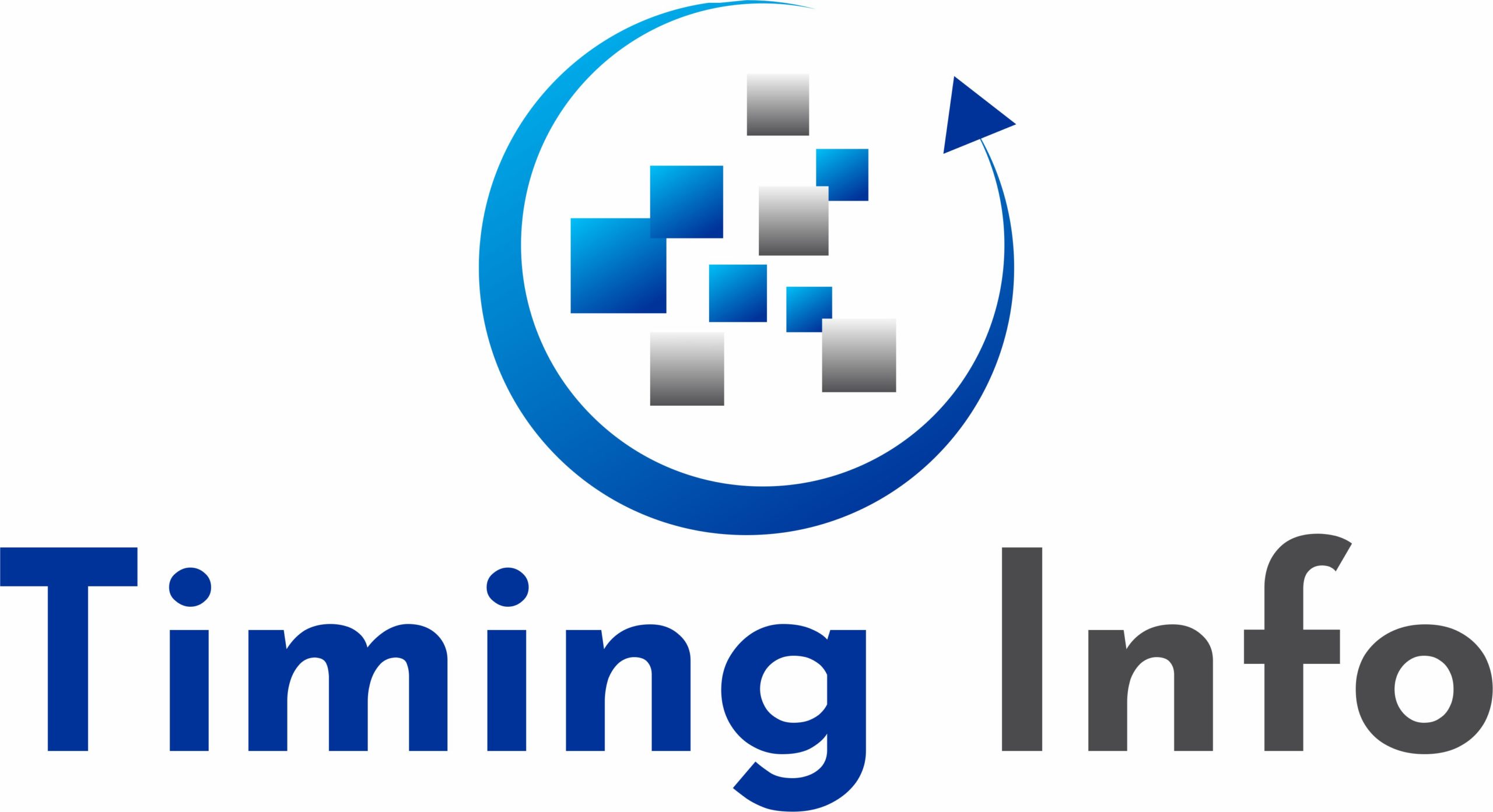The Motherboard is the heart of your computer; it connects all of the various parts of your computer. A motherboard serves as a ‘hub,’ allowing other computer components to connect. The printed circuit board on which the CPU, RAM, and the rest of the computer’s hardware are mounted is known as the Motherboard.
A board is available in various shapes and sizes to suit different needs, budgets, and speeds. There are many options in motherboard design, cases, power supplies, size (Form Factor), and compatibility.
A single motherboard like the Macbook Pro A1708 Motherboard can support only one type of CPU and a few types of memory. You might not be able to use other peripherals like video cards, hard drives, and other components.
As a result, the components you can buy will be constrained by the Motherboard you choose. It can affect the type of processor you can use, the amount of RAM, and its support features. When selecting a motherboard, it is critical to have a general idea of what you’ll be using to get the best fit possible.
Socket
Your Motherboard’s socket for the CPU is an important feature. This socket determines the physical form factor of the processor that can be installed on it. The processor pin configurations on various boards can be found in different socket connections. Additional chipset information will determine which processor models can be used on the Motherboard.
MEMORY
The type of Motherboard, like processors, impacts the amount and format of RAM that can be installed. Since RAM is frequently updated and is relatively inexpensive to upgrade, it’s good to buy an extra board with more memory room than you anticipate needing.
The ‘form factor refers to the physical layout. The computer’s form factor determines the shape of the computer’s case. The majority of PC motherboards adhere to standard form factors, which can fit into a classic case.
CHIPSET
A Chipset is essentially the “middle man” in a PC, serving as the conduit for data transfer between various components. The chipset connects all of the computer’s components to the CPU. Since the microprocessor is linked to other components on the Motherboard via the chipset, it serves as the connecting point for the remainder of the system.
BUS
The term “bus” refers to a circuit that connects two parts of a motherboard like a Macbook Air 13 A1932 Parts. More data can be processed simultaneously on a high-quality bus, which results in “quicker” calculations.
There are a lot of slots and connectors that can be expanded.
You can use the expansion slots built into your Motherboard to add more components. Expansion slots and connectors are critical to the computer’s future compatibility. Specific slot and connector types, such as USB 3.0 and Thunderbolt, should be supported by the Motherboard before purchasing it. Connectors can be added via expansion cards, but the performance is often inferior to that of a chipset integrated directly into the Motherboard.

